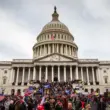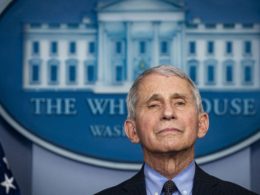The Supreme Court ruled on Thursday that the Environmental Protection Agency cannot enact broad restrictions that might completely transform businesses without legislative permission. The executive branch’s ability to unilaterally impose new environmental restrictions was constrained by the 6-3 ruling, dealing a serious blow to the Biden administration’s climate change agenda.
Chief Justice John Roberts stated in the Court’s decision, “Capping carbon dioxide emissions at a level that will force a nationwide transition away from the use of coal to generate electricity may be a sensible ‘solution to the crisis of the day,’ But it is not plausible that Congress gave EPA the authority to adopt on its own such a regulatory scheme in Section 111(d).” He added that “A decision of such magnitude and consequence rests with Congress itself, or an agency acting pursuant to a clear delegation from that representative body.”
According to Fox Business, the issue originated from the Obama administration’s 2015 Clean Power Plan, which pushed a switch from coal to natural gas and ultimately to wind and solar energy to cut carbon emissions at power plants. After being put on hold by the Supreme Court in 2016, the Trump administration scrapped the plan and replaced it with the more moderate Affordable Clean Energy (ACE) Rule.
Following President Biden’s inauguration, the ACE Rule came under legal attack, which resulted in the D.C. Circuit Court of Appeals nullifying both the rule and the Clean Power Plan. However, the Biden EPA has said that it would not bring back the Clean Power Plan, instead choosing to create and carry out a new strategy.









